What Is A Motovlog?
Simply put, motovlogging is when you attach a camera to yourself or your motorcycle and record your ride. Wikipedia defines it as:
A motovlog is a type of video log recorded by a person while riding a motorcycle. The word is a neologism and portmanteau derived from “motorcycle”, “video” and “log”. A rider who creates video blogs known as a moto blogger, and the action of making motovlogs is called motovlogging. Most motovloggers upload their videos on YouTube, and the network of motovloggers here is known as the motovloggers community.
Who Was The First MotoVlogger?
While it’s specifically documented when the first motovlog was created, the earliest motovlogging channels on Youtube is M13 which started in 2006.
Mordeth13
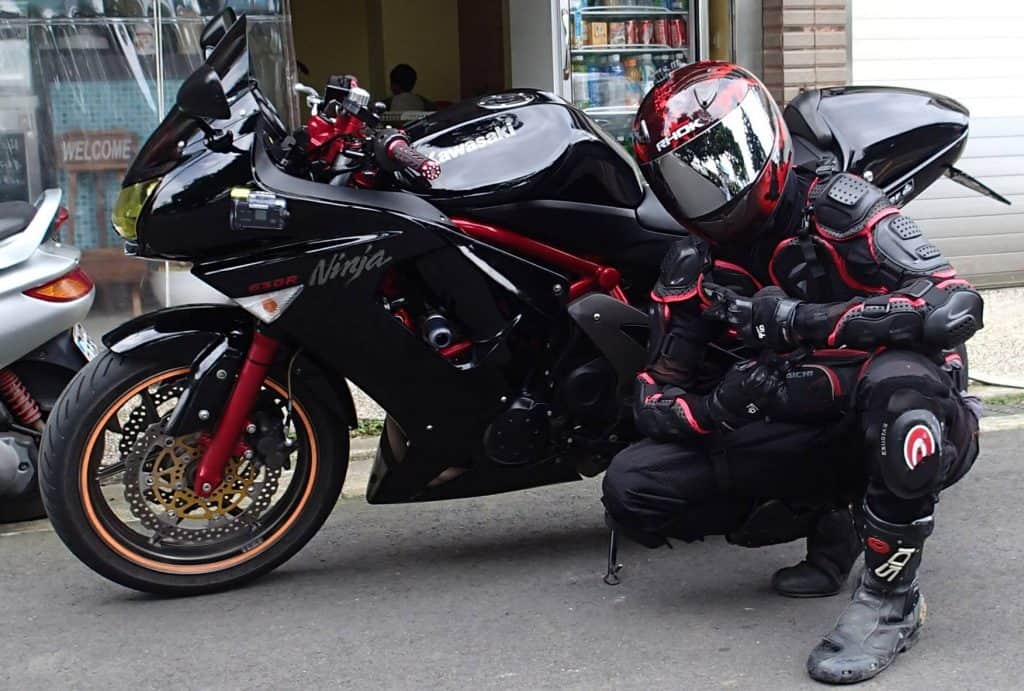
Are you looking for motovloggers to follow?
Since then the motovolgging community has exploded. Each rider has a different style of riding, a different sense of humor, and a different style of teaching.
While I’m positive this isn’t a complete list, I’m sure you’ll find a channel here that will peak your interest. Make sure you check back frequently because I’ll be adding to this list.
If you’re a motovlogger that would like to added to this list simply follow me on YouTube and fill out my contact form and I’ll get you added!
Check Out These Articles:
Shout Out To PhatboyR6 and No.Bumpers for helping me come up with this collection of motovloggers. So here they are in no particular order!
You Might also like
-
What Every Rider Should Know About Road Rash
Road rash isn’t a punchline to a joke about bad motorcycle handling or old video game. Road rash, also called “friction burn,” is a serious injury. The severity of the wound is measured by degrees, the same as you would a chemical or fire burn. Since the skin is the largest organ of our bodies, getting road rash opens you up to other vulnerabilities, such as infection. But there is more to understand about road rash than these points.
Let’s look at this serious injury that can happen to anyone and learn how to classify and treat various types of road rash.
The Different Types of Road Rash
Not every bout of road rash is created equal. There are three main types of road rash:
- Avulsion – the skin is scraped away. Sometimes fat, muscle, and even bone will be exposed.
- Compression – where the body is caught between two objects, such as the motorcycle and the road. This results in bruising, broken bones, and damaged muscle.
- Open wound – usually require stitches. Open wound road rash might even require skin grafting.
Aside from the 3 different types, there are 3 degrees of damage:
- First degree – the first layer of the skin is red. Does not require medical treatment and will heal well enough on its own.
- Second degree – the first layer of skin, known as the epidermis, is broken. There can be bleeding and debris stuck in the wound. Usually requires little medical treatment and can heal with no scarring or lasting damage.
- Third degree – skin has been peeled away, leaving tissue, fat and sometimes bone exposed. Victims often need skin grafting.
The degrees of the crash depends on factors such as the force of the impact with the ground, the type of surface where the crash takes place, and whether safety gear was equipped.
Road rash will often occur in places that come in contact with the abrasive surface, either when attempting to catch oneself or when rolling or getting dragged. The outside of the legs, knees, palms, thighs, shoulders, and face are usually where road rash occurs.
Complications of Road Rash
Seek medical treatment immediately if you experience any of the following with road rash:
- Severe pain
- Inability to move affected region
- Cuts on the face that are larger than a ¼ inch
- Cuts on the body that are larger than a ½ inch
- Bleeding doesn’t stop
- Gaping wound remains opened with you relax the body
- Fat is visible in the exposed tissues
- Road rash is paired with other injuries, including possible concussion or broken bones.
Any open wound should be treated with antibiotics within six hours. Otherwise, you are at risk of infection.
Treatment and Recovery From Road Rash
Depending on the severity of the road rash, you can oftentimes treat it yourself. In that event, do the following:
- Stop any bleeding.
- Wash your hands with soap and water.
- Rinse the wound thoroughly.
- Wash the wound with soap, water, and then use some witch hazel.
- Apply a topical antibiotic.
- Bandage the wound.
- Change the dressing.
Note: During the recovery, the skin will undergo healing from the deepest layers to the top. It might get scabs. Do not pick the scabs. Instead, continue changing the bandages and applying topical antibiotics. Once the oozing stops, you can use petroleum jelly to keep the skin supple and lessen the scarring.
If you end up going to the doctor because of a deep wound, the medical professional might recommend using ibuprofen, a non-steroidal anti-inflammatory drug (NSAID), acetaminophen, or naproxen to deal with the pain.
Remember that because the skin has been opened by abrasion, you could be at risk for infection. Consider getting a tetanus shot. Tetanus boosters last 10 years, so if you had an injury where the epidermis or dermis of the skin has been injured, tetanus bacteria can enter the wound. At any time symptoms of infection begin, such as redness, swelling, warm or hot skin around the injury, tenderness, pain, or bloody ooze or yellowish pus, you could have an infection. Make sure to get to a doctor immediately.
Hopefully, you should now have an understanding of road rash and how serious it can be. Don’t ignore severe injuries after a fall. Drive safe and stay safe, so you can keep riding!
-
Motorcycle Basics: Before You Start Riding
Before even hopping on a motorcycle, it’s a smart decision to ride about the mechanics of the machine and familiarize yourself with key concepts. Having an idea in your head is going to come in handy when you’re faced with common beginner problems or later on when you’re on the road.
That’s how you really get a handle on the motorcycle. Let’s get started.Motorcycle Basic Controls
Most motorcycles have the same controls; but you should always check the owner’s manual since the locations and shapes of some features will vary between makes and models.
motorcycle controls indicators and equipment Motorcycle basic parts:
Handlebars
Right side:
- Electric start button – usually yellow or white.
- Engine cut-off switch – above the electric start button. Usually red.
- Above the right throttle is the front brake lever.
Left side:
- Horn
- Indicators (blinkers)
- Choke
- Headlight dip switch (high beams/low)
- Clutch lever.
Between the handlebars, you find the ignition key. Ahead of the handlebars, you will also see the speedometer, odometer, and the tachometer.
motorcycle handlebar controls motorcycle throttle Older Styles and Off-Road Bikes
Here’s some special considerations if you are on an older model or have an off-road bike:
Fuel petcock – these are usually attached to the left near the carburetor. You can lean down to switch the gas tank when the fuel is getting low and you need to get to the gas station ASAP.Kick starter – off-road bikes have kick starters more commonly than street bikes. The kick starter works when you push down on the lever, turning the engine crank and causing the pistons to put pressure against the spark plug. Fuel ignites to start the engine.
What To Check Before Your Ride Every Time
Professional schools throughout the country use the acronym T-CLOCs to help you remember what you should check before heading on your bike. These checks should be done at least once a year, depending on how often you are riding your bike. If you ride every single day, you will have to use T-CLOCs much more often.
- T – Tires
- C – (Main) Controls
- L – Lights & other controls
- O – Oil & other fluids
- C – Chassis
- S – Stands
Tires
Check the air pressure and look at the condition of the tires. Are they worn down? Cracking? What is the condition of the spokes? Do you note any air leakage?
Next, look at the rims, bearings, seals, and casts. Does each brake work as it should? Does the bike fight you when turning or slowing down?
Controls
The main controls include the handlebars, cables, hoses, levels, pedals, and throttle. Make sure the condition of the hoses is good and that everything is properly lubricated. The bars should be straight, and the throttle should move without resistance. Ensure the hoses aren’t cut or leaking. Any bulges, chafing, cracks or fraying of control cables needs to be repaired.
Lights & Other Controls
This includes the battery, wiring, tail and signal lights, switches, blinkers, headlight, and reflectors. Is everything illuminating? Do the blinkers flash right? Is fraying or kinks in the wiring? Are the beams strong enough in the dark?
Oil & Other Fluids
Check the gaskets and seals for any leaks. Ensure the oil level is good, along with other fluid levels. Check for sediment in the coolant reservoir.
Chassis
The chassis is made up of the frame, suspension, chains, belts, and fasteners. Nothing should rattle. Nothing should be frayed, cracking, peeling, or chipping. Ensure that everything is tight and that there is tension in the belts and chains.
Stands
Check for cracks or bends in the stands. Springs should hold their position without looseness.
Basic Mechanics of a Motorcycle
Being that a motorcycle rides on two wheels, it is designed to lean to either side. Through balance and input from the ride, the motorcycle maintains an upright position. Many beginners are afraid that the bike is going to fall over if they lean too far, but that’s not the case. Through the forces of physics, such as friction, momentum, and gravity, it’s nearly impossible for a bike that’s going to straight to fall over.
Engine
Another reason the motorcycle stays upright is the force of the pistons in the engine. These pistons move up and down, creating a force that helps the moving bike maintain it’s upward position.
Tires
The tires of motorcycles are designed to be rounded, ensuring that as the bike rounds a corner, the same surface area of the tire remains on the ground.
Chassis
For the beginner, all you need to know about the chassis is how to sit properly. When positioned properly on the bike, your wrists, knees, and back will be comfortable. You should also be able to engage your core and thigh muscles when using your body to maneuver.
Clutch
Most bikes are manual transmission. The clutch keeps the bike moving but also controls the speed by using friction. Clutches are usually bathed in the same oiled the engine uses, so if you ride the clutch for a while, you won’t cause damage. However, some bikes are different, so refer to the owner’s manual.
Wrapping It Up
For the new rider, your focus should be memorizing where the controls are and what certain parts of the bike do. By learning the general location, you can drive much more safely (and not while staring at the handlebars).
Remember, the everything takes practice. In the same way you learned to ride a bicycle, you need some patience with riding a motorcycle. With that, you’re ready to begin!
Liked this article? Want more beginner’s tips? Subscribe to my YouTube channel to get notifications about the latest videos and never miss out.
-
The Ultimate List Of Female Motovloggers On YouTube
What Is A Motovlog?
Simply put, motovlogging is when you attach a camera to yourself or your motorcycle and record your ride. Wikipedia defines it as:
A motovlog is a type of video log recorded by a person while riding a motorcycle. The word is a neologism and portmanteau derived from “motorcycle”, “video” and “log”. A rider who creates video blogs known as a moto blogger, and the action of making motovlogs is called motovlogging. Most motovloggers upload their videos on YouTube, and the network of motovloggers here is known as the motovloggers community.
Are you looking for motovloggers to follow?
While I’m positive this isn’t a complete list, I’m sure you’ll find a channel here that will peak your interest. Make sure you check back frequently because I’ll be adding to this list.
If you’re a motovlogger that would like to added to this list simply follow me on YouTube and fill out my contact form and I’ll get you added!
Coming Soon:
- The Ultimate List Of Motovloggers
- The Ultimate List Of Instagram Motovloggers
Shout Out To PhatboyR6 and No.Bumpers for helping me come up with this collection of motovloggers. So here they are in no particular order!

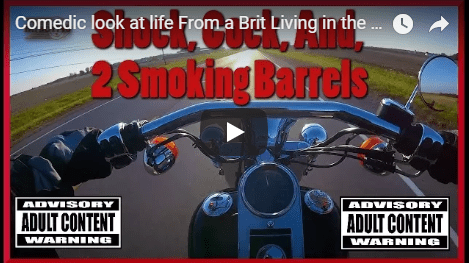

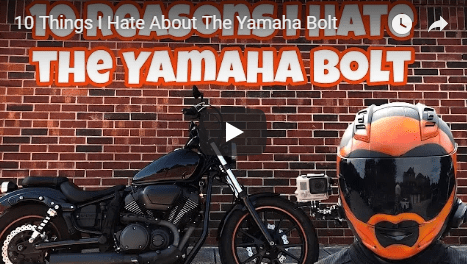

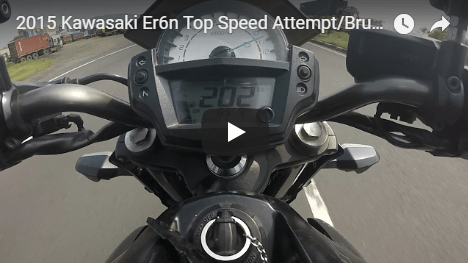
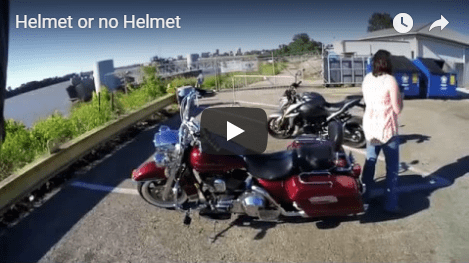

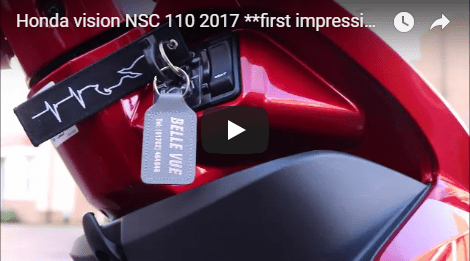





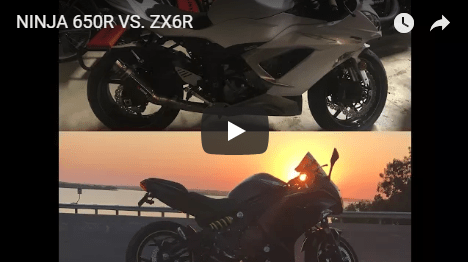
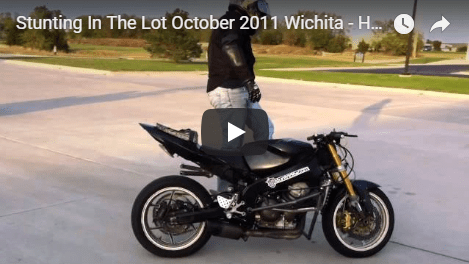
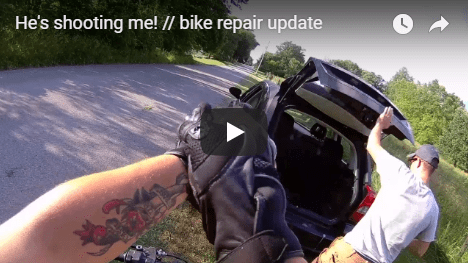

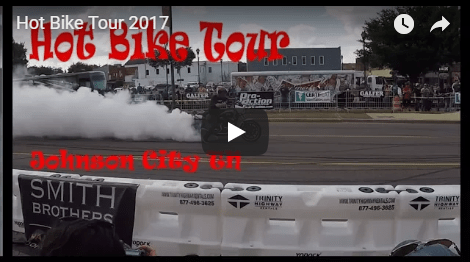

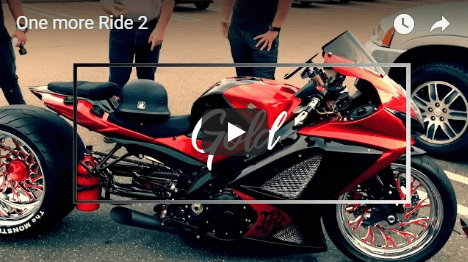

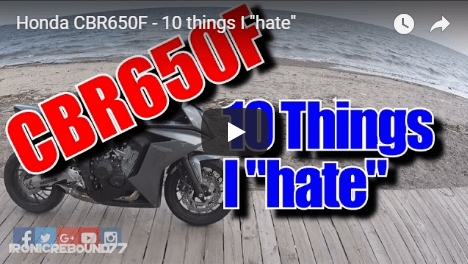


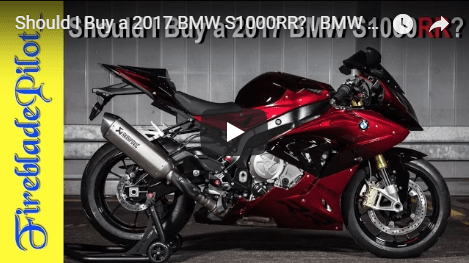




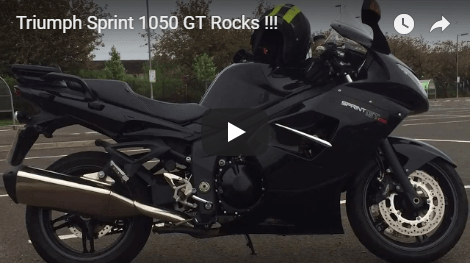

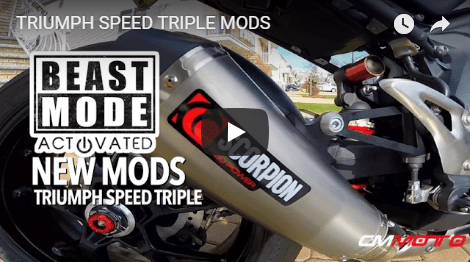
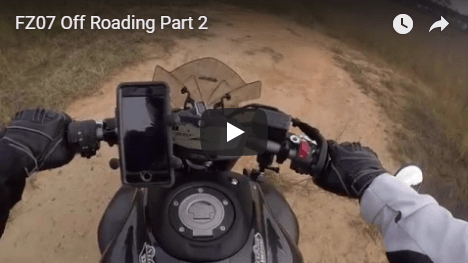


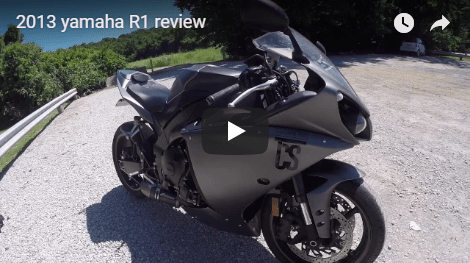
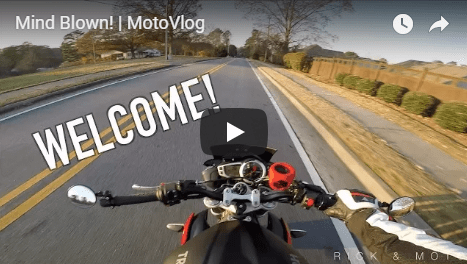
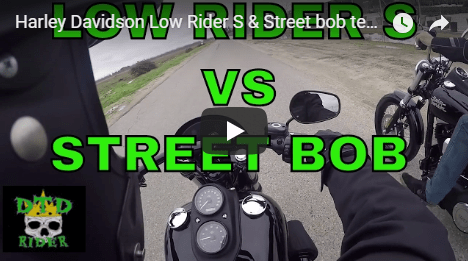


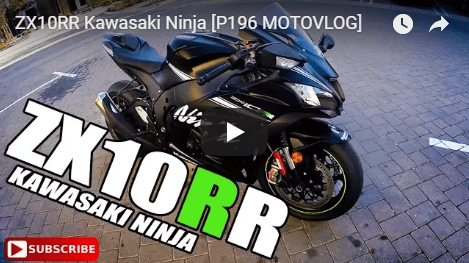



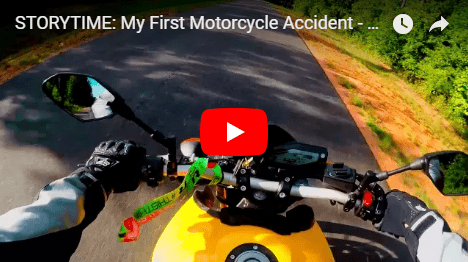


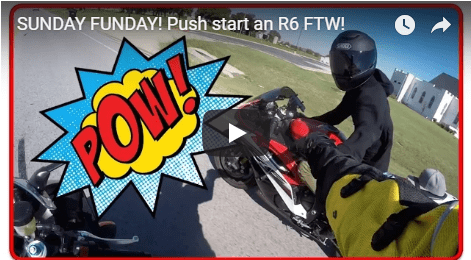

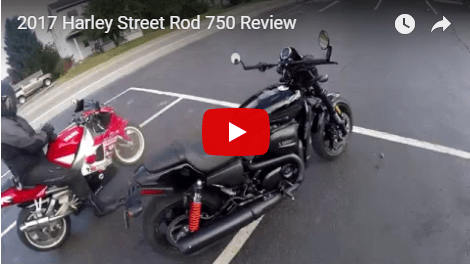
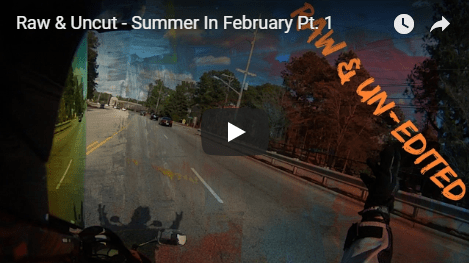




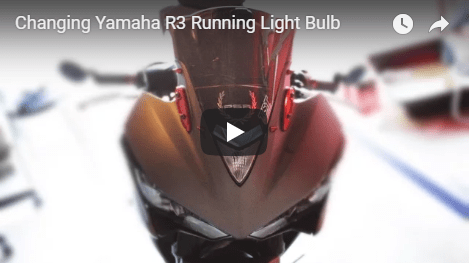
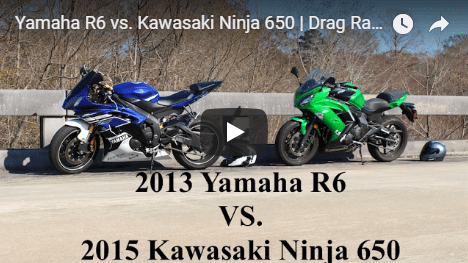



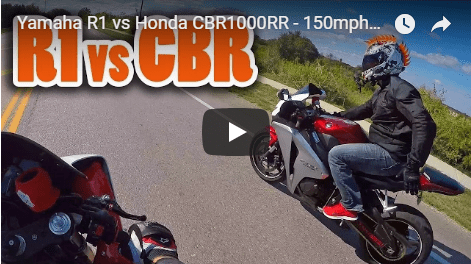
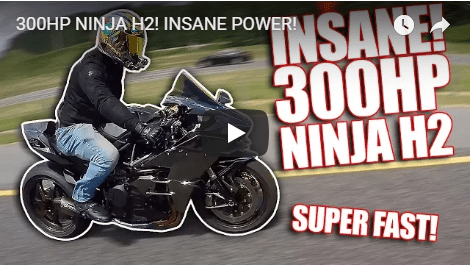
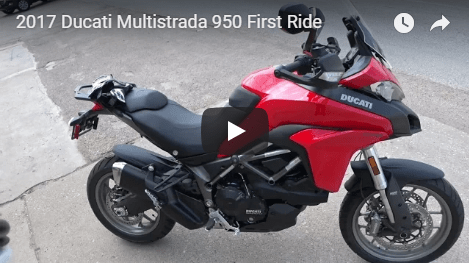
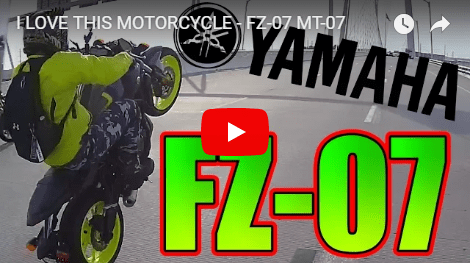


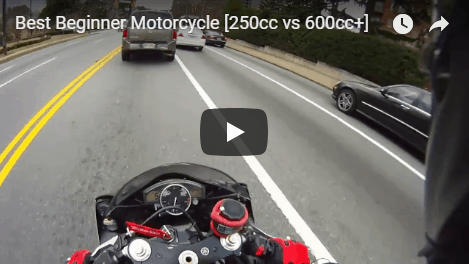

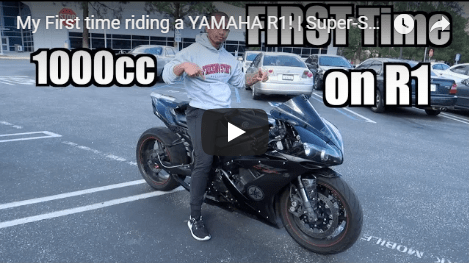


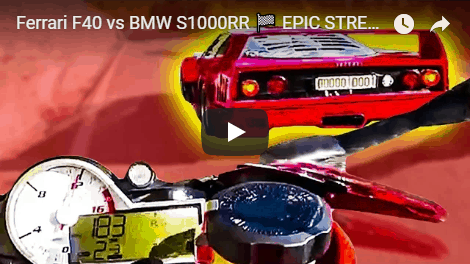


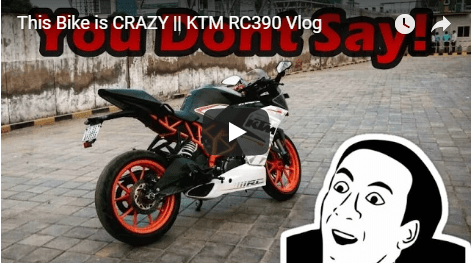
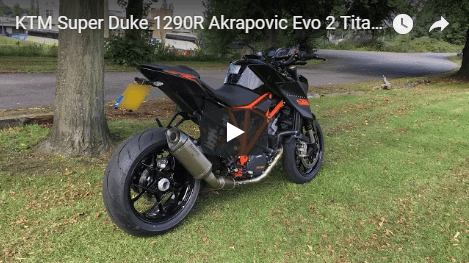
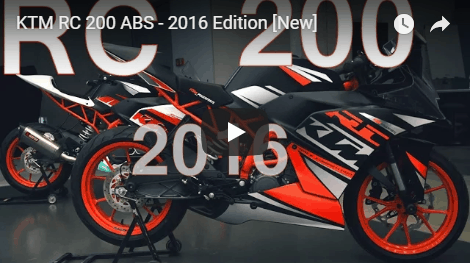

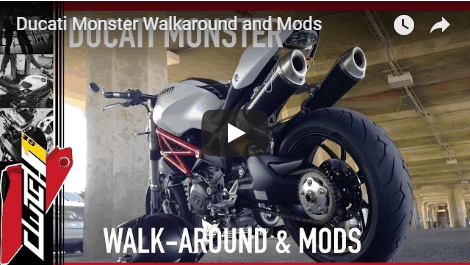

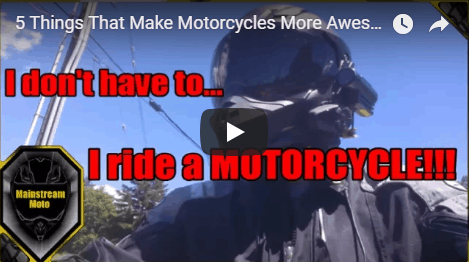
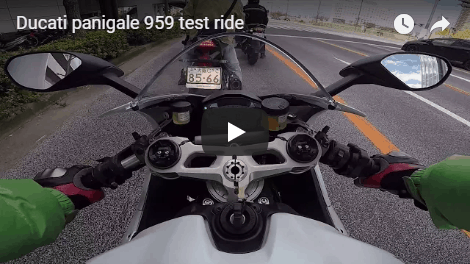
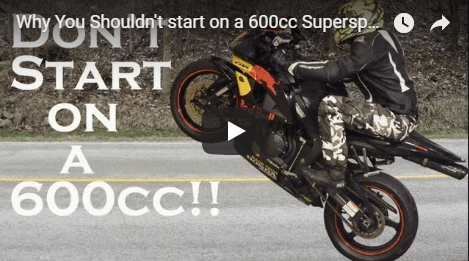
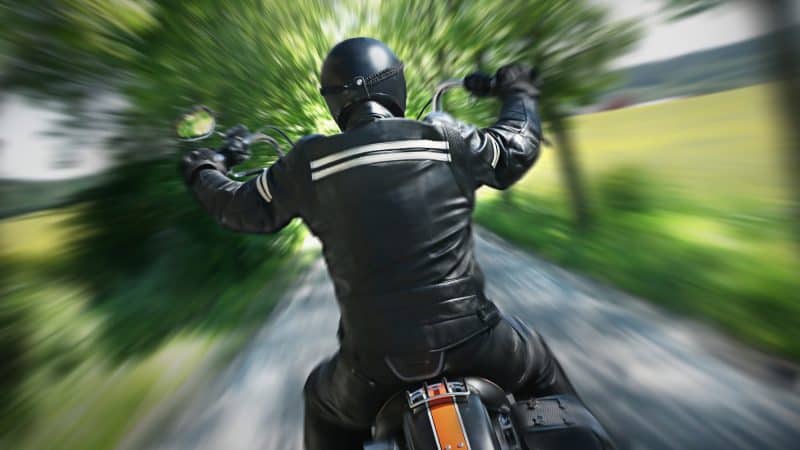
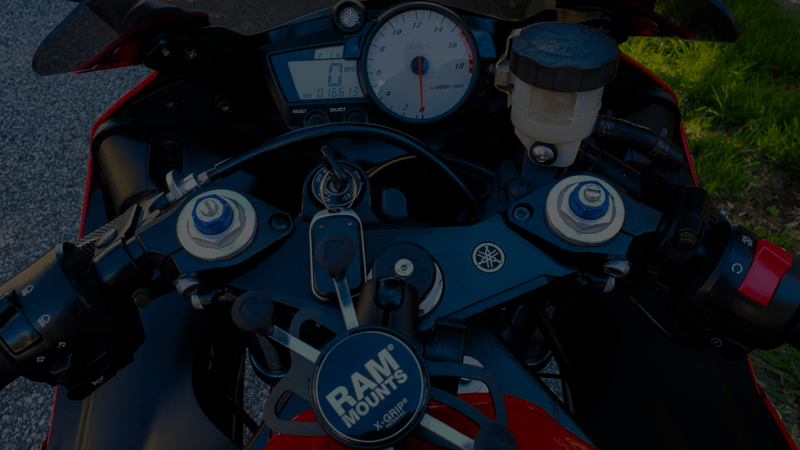

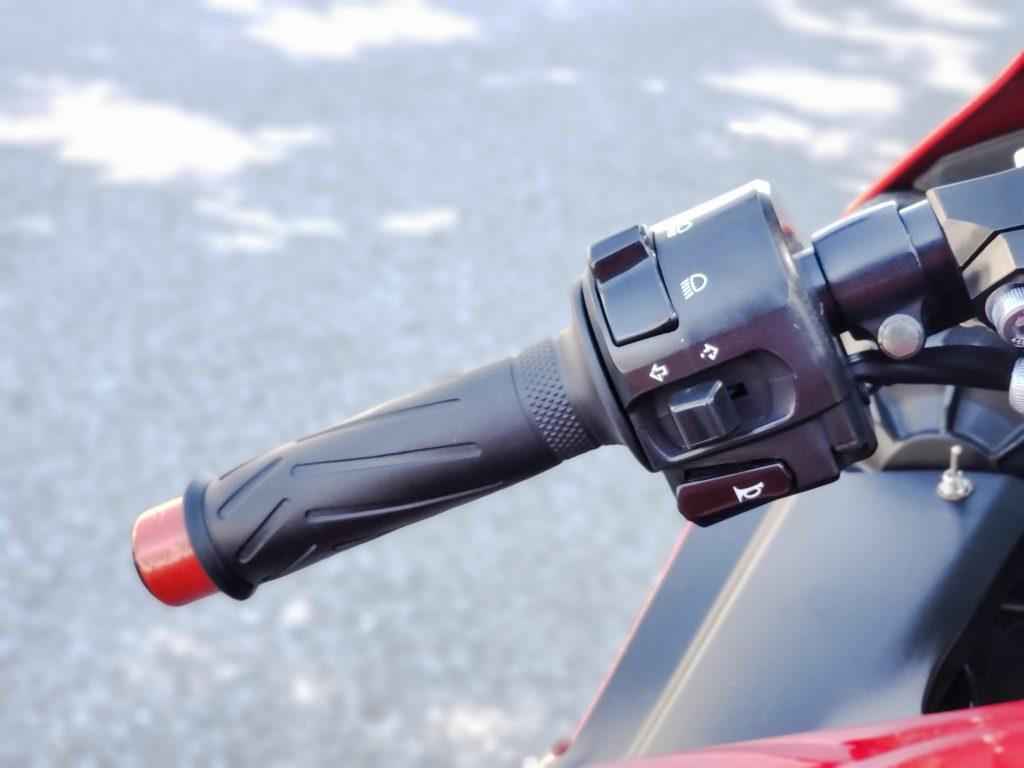
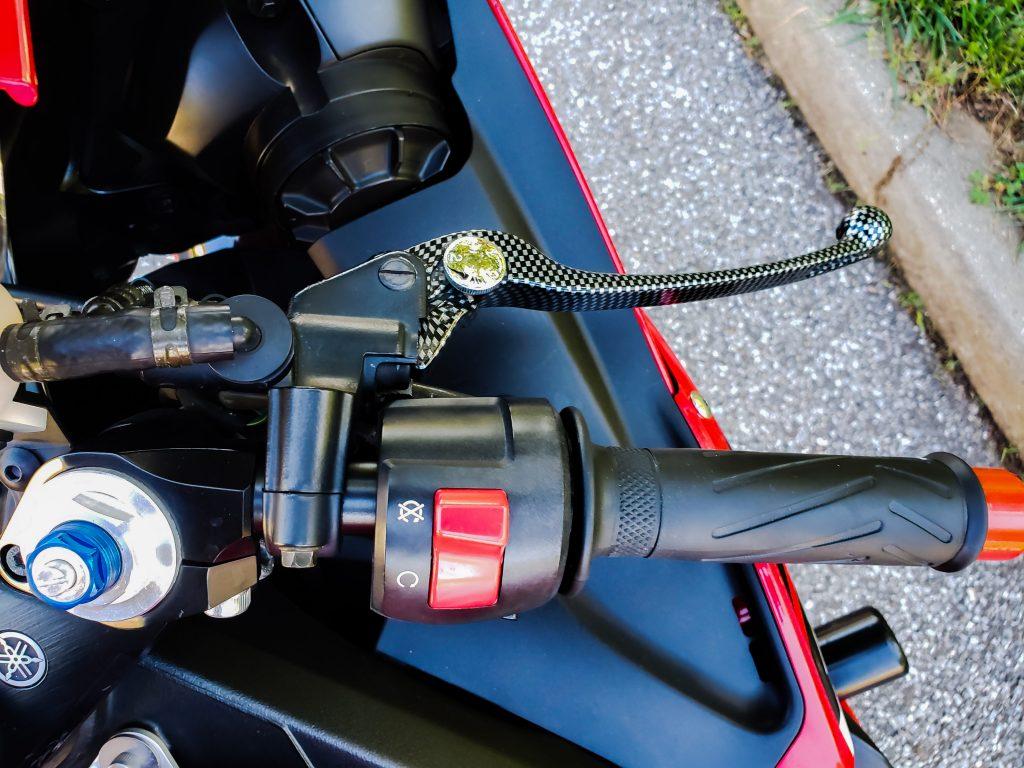








Hello. We are in the process of building our YouTube Channel, but we are doing well on Facebook. Do you have a Motovlogger list for Facebook. If so, we would love to be on it. ~Momma Badger Find us on FB @ The Badgers and The Biker Lifestyle 🙂
I didn’t see Suburban Delinquent or bakerXderek
https://www.youtube.com/ManBikeSwag
great off road riding adventures